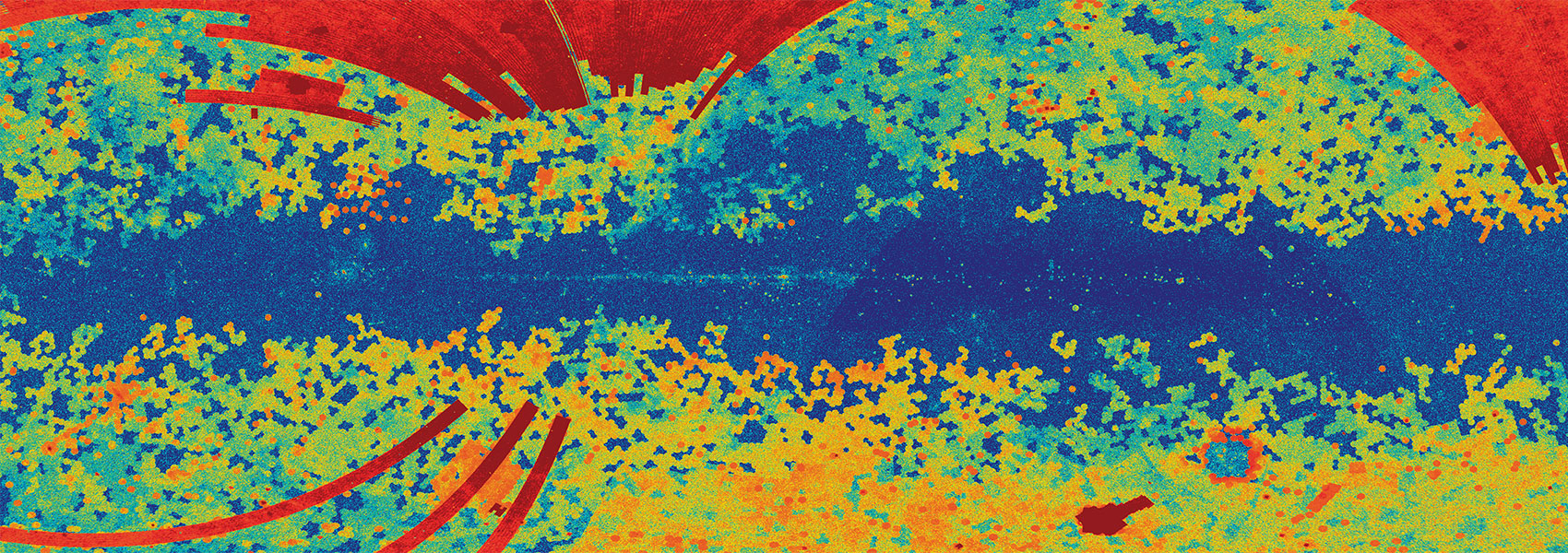October
2018
•
2018ApJ...865..162B
Authors
•
Bachelet, E.
•
Beaulieu, J. -P.
•
Boisse, I.
•
Santerne, A.
•
Street, R. A.
Abstract
•
Microlensing is able to reveal multiple body systems located several kilo-parsec away from the Earth. Since it does not require the measurement of light from the lens, microlensing is sensitive to a range of objects, from free-floating planets to stellar black holes. But, if the lens emits enough light, the microlensing model predictions can be tested with high-resolution imaging and/or radial velocity methods. Such a follow-up was done for the microlensing event OGLE-2011-BLG-0417, which was expected to be a close by (≤1 kpc), low-mass (∼0.8 M ⊙) binary star with a period of P ∼ 1.4 year. The spectroscopic follow-up observations conducted with the Very Large Telescope did not measure any variation in the radial velocity, which is in strong contradiction with the published microlensing model. In the present work, we remodel this event and find a simpler model that is in agreement with all the available measurements, including the recent Gaia Data Release 2 parallax constraints. We also present a new way to distinguish degenerate models using the Gaia Data Release 2 proper motions. This work stresses the importance of thorough microlensing modeling, especially with the horizon of the Wide Field Infrared Survey Telescope and the Euclid microlensing space missions.
Links




